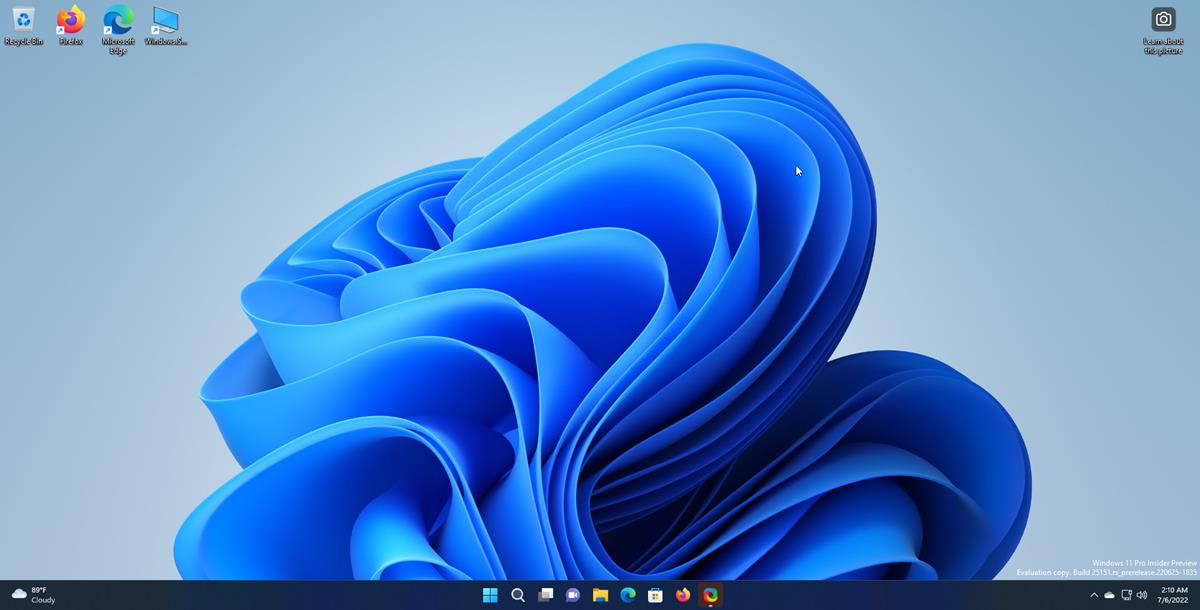The following information needs to be taken with a grain of salt, as it has not been confirmed by Microsoft at this point.

According to Windows Central, Microsoft plans to move from the current one-feature-update-per-year release cycle to a once-every-three-years release cycle. While that may look like a step back at first glance, Microsoft plans to release frequent feature updates, which add new features to supported versions of Windows several times per year.
The plan looks like a full reversal by Microsoft in regards to release cycles. Windows 10 was released three years after Windows 8, and Windows 8 three years after Windows 7. Not all classic versions of Windows were released three years after the previous version though, as Windows 7 was released just two years after Windows Vista, but there were always years between new major version releases.
The introduction of Windows 10 changed releases significantly. Microsoft moved to a faster release cycle and released two feature updates per year for some time; this changed with the release of Windows 11 and the moving to the current one feature update per year cycle.
If the rumors are true, Microsoft could change the release cycle again to three years. The next major release for Windows 11 is expected in 2024 under the new release schedule. Windows 11 users will receive feature drop updates regularly, starting in 2023 according to Windows Central.
Windows Central believes that Microsoft could release new features to the existing operating system up to four times per year.
Like the Taskbar Weather Icon, which Microsoft rolled out to Windows installations directly and not as part of a major feature update, these updates will land on user systems after they have gone through rounds of testing on Insider machines.
Microsoft could round up several of the features and include them in updates in Windows systems. One of the main benefits of the new approach is that administrators do not have to upgrade to major versions of Windows once or even twice per year anymore. Administrators would install new major upgrades every three years, which would take a lot of weight from their shoulders.
Users benefit from the decision as well, as new features may be included faster into Windows. Under the current release cycle system, development teams had to wait until Fall before new features and improvements would be released to stable versions of the operating system.
For Microsoft, it will remove development pressure and reduce the number of support requests.
Closing Words
A three-year release cycle with frequent feature drops should appeal to the majority of system administrators and users of the operating system. Fewer installations of major system upgrades reduce the likelihood of major issues. New features may land earlier in Windows because of the move, which may sound paradox at first.
It is unclear if Microsoft will keep the current naming scheme for updates, and release Windows 11 version 24H2, in 2024, or if it will change things once again. One possibility is the release of Windows 12 in 2024.
Now you: what is your take on this? Welcome change? (via Deskmodder)
Thank you for being a Ghacks reader. The post Rumor: Microsoft plans to release new major Windows versions every three years appeared first on gHacks Technology News.
